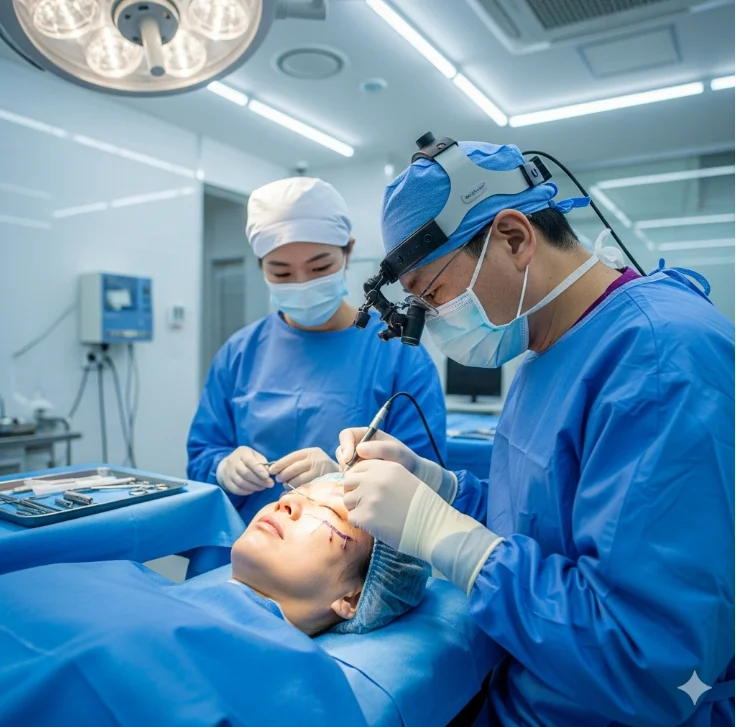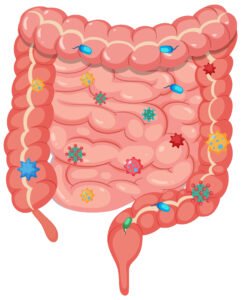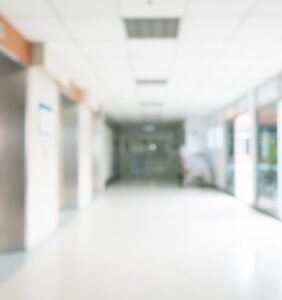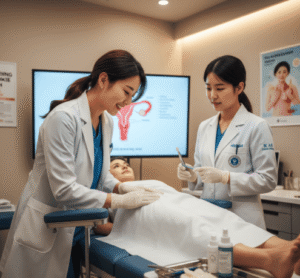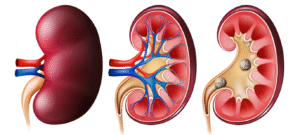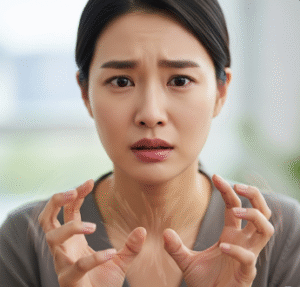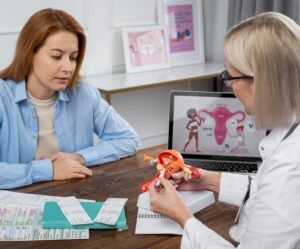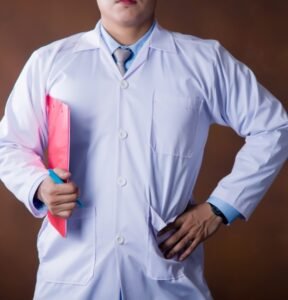What It Is
Aegyosal surgery is a cosmetic procedure that enhances or creates the small, youthful-looking fat rolls directly under the lower lash line (not to be confused with eyebags). Unlike eyebags, which are caused by aging and fat protrusion, aegyosal refers to the delicate fullness under the eyes that appears when smiling, giving the face a brighter, cuter, and friendlier expression.
In Korea, aegyosal surgery is performed using fat grafting, dermofat grafts, or soft implants to create a natural, smooth contour under the lower eyelid. The goal is to enhance attractiveness by emphasizing a youthful and lively eye appearance.
Why It’s Done
Patients choose aegyosal surgery because:
- They want to achieve a more youthful, cheerful, and charming look.
- They naturally lack fullness under the lower eyelid.
- They want to balance eye proportions after other procedures such as double eyelid surgery.
- They prefer a permanent solution compared to makeup or temporary fillers.
Good candidates include:
- Individuals with flat or hollow areas under the lower lash line.
- Patients in good health with realistic expectations.
- Those who want long-lasting results instead of repeated filler injections.
Alternatives
- Dermal fillers (hyaluronic acid): Provide temporary fullness for 6–12 months.
- Makeup contouring: Creates the illusion of aegyosal without surgery.
- No treatment: If the patient is satisfied with their natural eye appearance.
Preparation
Before aegyosal surgery in Korea, patients will:
- Undergo consultation and facial analysis to determine ideal thickness and placement.
- Stop smoking and alcohol 2–4 weeks prior to the procedure.
- Avoid blood-thinning medications and certain supplements.
- Plan for minor swelling and bruising post-surgery.
How It’s Done
- Anesthesia: Local anesthesia with sedation.
- Methods:
- Fat grafting: Harvesting and purifying fat from the abdomen or thighs, then injecting it beneath the lower eyelid.
- Dermofat grafts: Using a small strip of dermal-fat tissue for more structured, permanent results.
- Soft implant placement: Inserting a small biocompatible implant for long-lasting augmentation.
- Duration: 30 minutes to 1 hour, outpatient procedure.
Recovery
- First week: Swelling, bruising, and mild tenderness under the eyes.
- Return to activities: Most patients resume normal routines in 3–5 days.
- Final results: Natural fullness under the lash line becomes visible in 2–4 weeks as swelling subsides.
Possible Complications
- Asymmetry between both eyes.
- Over- or under-correction.
- Fat resorption in grafting cases.
- Small lumps or irregularities (rare).
- Infection or delayed healing (uncommon with sterile technique).
Treatment Options in Korea
Diagnosis
Korean surgeons use eye measurements, photography, and digital simulations to determine the ideal aegyosal size and placement for a natural result.
Medical Treatments
- Hyaluronic acid fillers for temporary aegyosal creation.
- Topical skin care and makeup contouring for non-invasive enhancement.
Surgical or Advanced Therapies
- Fat grafting for natural and soft results.
- Dermofat grafts for permanent augmentation with patient’s own tissue.
- Implant-based aegyosal surgery for long-lasting, stable outcomes.
- Combination with lower eyelid surgery or tear trough filler for comprehensive eye rejuvenation.
Rehabilitation and Support
- Cold compresses for swelling reduction.
- Scar care (minimal, as incisions are small or hidden).
- Follow-up visits to check symmetry and refinement.
- International patients benefit from Korea’s artistic approach to eye aesthetics, advanced microsurgical methods, and natural-looking results.

